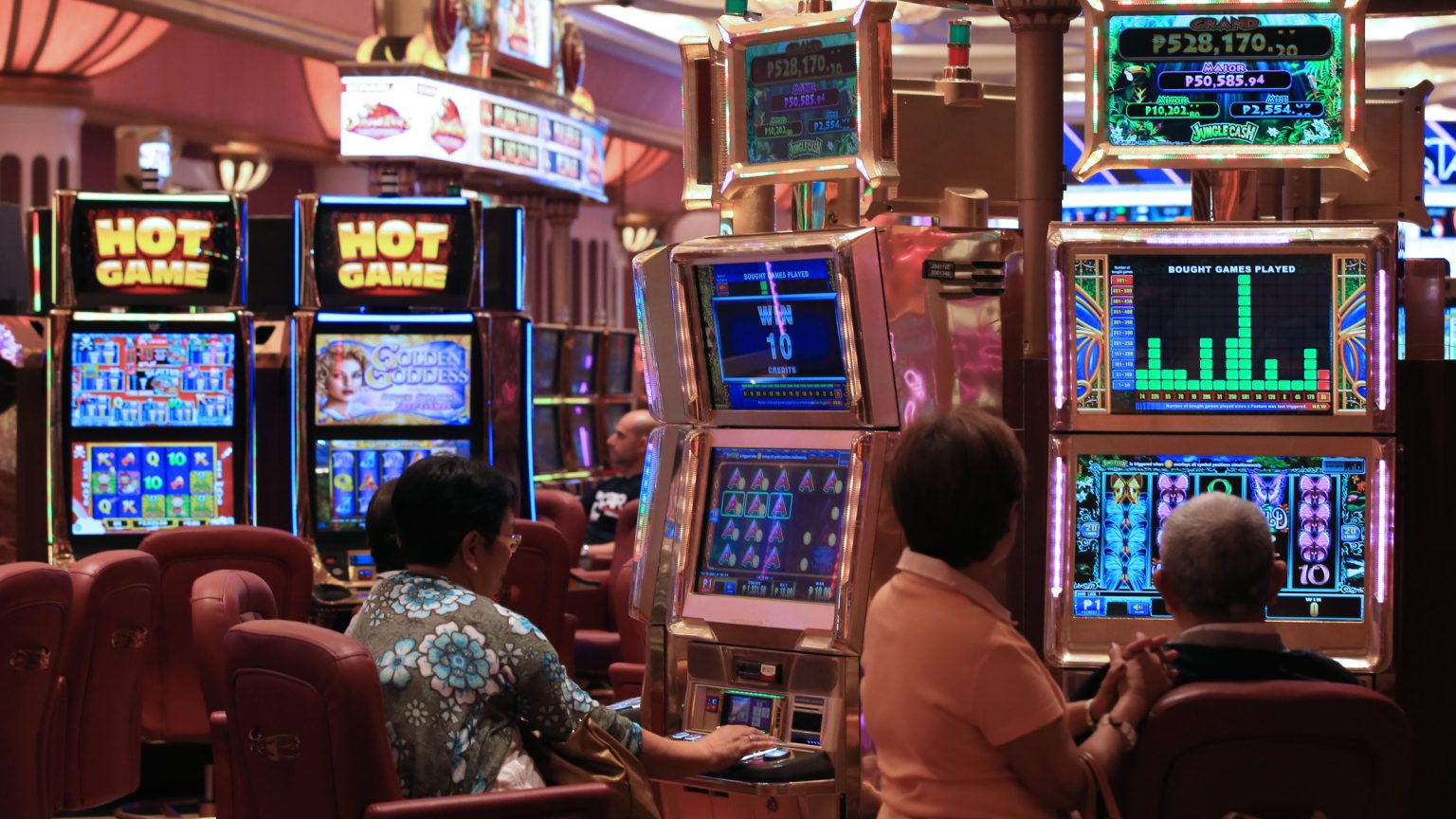Beyond the glamour of gaming tables and luxury resorts, Manila’s casino industry has become a cornerstone of the Philippine economy. What began as a single entertainment experiment has evolved into a multi-billion-peso ecosystem that drives tourism, creates jobs, and strengthens the country’s global reputation. The Manila Casino (마닐라 카지노) sector represents not just leisure—it represents progress, investment, and national pride.
1) From leisure to economic engine
Manila’s integrated resorts were conceived to position the Philippines as a competitive player in Asia’s entertainment market. Within a decade, they’ve exceeded expectations.
The development of Entertainment City and Newport World Resorts transformed the capital into a regional powerhouse—drawing millions of visitors annually and generating significant tax and tourism revenue.
Casinos are now one of the most profitable sectors in the country’s leisure and hospitality industry.
2) Employment and opportunity
The casino industry supports tens of thousands of jobs—from gaming staff and hotel employees to musicians, chefs, and event professionals.
Large resorts like Okada Manila, Solaire, and City of Dreams employ full teams of service experts, engineers, and creative personnel. Beyond direct employment, they also support local suppliers, artists, and entrepreneurs who benefit from increased demand for goods and services.
This ripple effect makes the Manila Casino (마닐라 카지노) economy one of the country’s most inclusive luxury sectors.
3) Tourism and global exposure
Casinos have placed Manila firmly on the international tourism map. Travelers from Japan, South Korea, China, and neighboring ASEAN countries visit the city specifically for its integrated resorts.
With world-class facilities and seamless hospitality, Manila competes directly with Macau and Singapore—offering an experience that blends global standards with Filipino warmth.
Every casino visit contributes to hotel stays, restaurant reservations, and shopping—creating a cycle of sustained tourism growth.
4) Infrastructure and investment
The rise of Manila’s casino industry has spurred infrastructure development across the city. Roads, transportation links, and nearby commercial areas have expanded to accommodate resort traffic and tourism flow.
The Entertainment City complex alone has drawn billions in investment, leading to urban renewal projects and improved accessibility for both locals and visitors.
The Manila Casino (마닐라 카지노) sector continues to attract foreign investors, signaling confidence in the Philippines’ stability and growth potential.
5) Revenue and regulation
The Philippine Amusement and Gaming Corporation (PAGCOR) plays a key role in overseeing the industry, ensuring responsible gaming and proper revenue collection.
Taxes and licensing fees from casinos contribute directly to national programs—supporting education, healthcare, and disaster relief.
This structure ensures that the industry’s success benefits not only players and developers but Filipino communities at large.
6) Cultural and creative impact
Casinos have also contributed to the Philippines’ creative economy. By hosting live shows, concerts, and art exhibitions, they’ve helped promote Filipino talent on global stages.
This synergy between business and culture strengthens the country’s identity as a hub of entertainment and artistry.
7) A sustainable future
As the industry grows, sustainability has become a central goal. Resorts are investing in eco-friendly technologies, community programs, and local partnerships. The goal is not only to entertain—but to build an industry that uplifts people, respects the environment, and sustains long-term prosperity.
Final Thought
The Manila Casino (마닐라 카지노) industry is more than a showcase of luxury—it’s a story of transformation. What began as entertainment has become an engine of opportunity, innovation, and pride for the Philippines. In every light that shines along Manila Bay, there’s proof that the power of play can help build a brighter, more dynamic nation.

